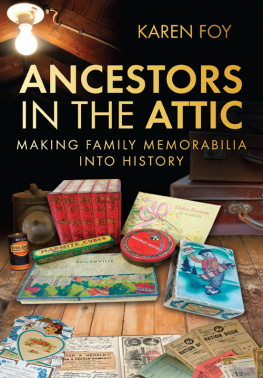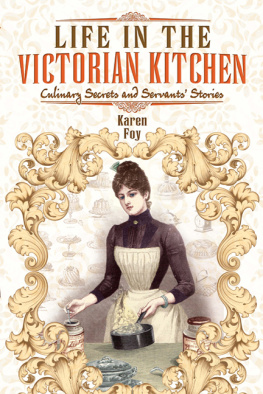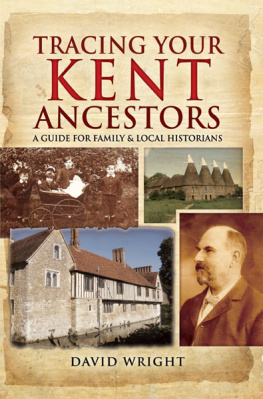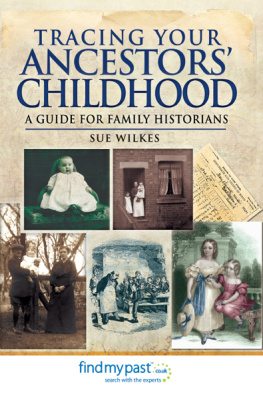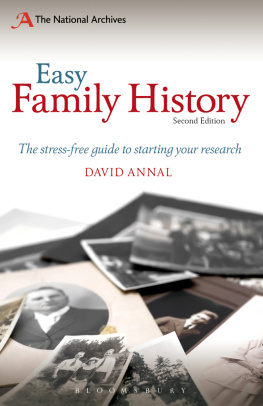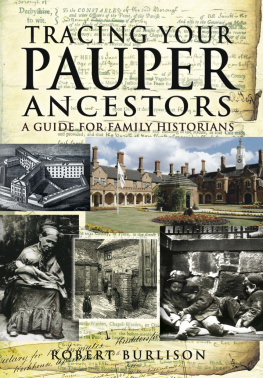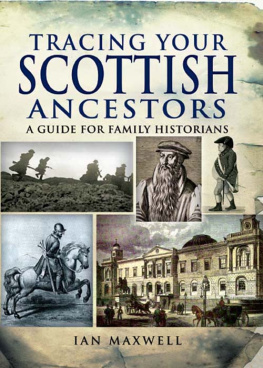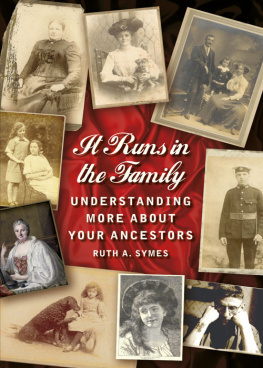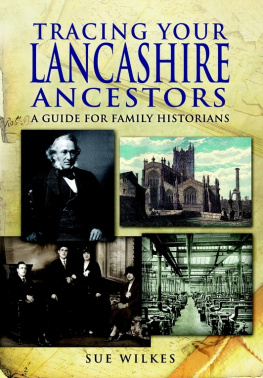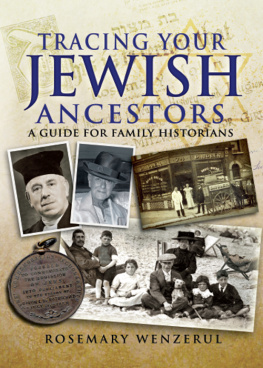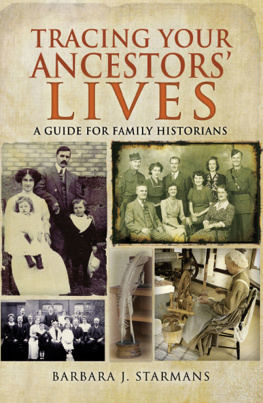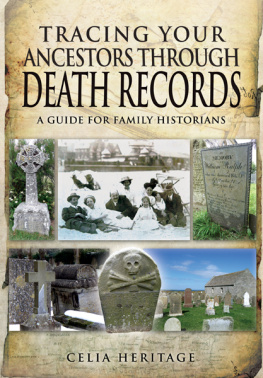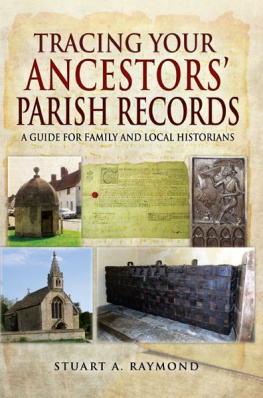
For Jeff Love Always. With thanks for your support, encouragement and honest opinions during my latest venture. This ones for you!
Thank you to The History Press for giving me the opportunity to write another book. I have enjoyed the research as much as the writing. Thank you to Stewart Coxon for providing some excellent images for illustration and for those kindly supplied by The Advertising Archives and Mulready Philatelics.
Writing and research can be a time-consuming and intensive profession requiring dedication to overcome regular writerly hurdles. Ive often found that it wouldnt be possible without the support and encouragement of family and friends, so thanks to you all, and especially to my husband Jeff for his regular words of wisdom, my auntie Margaret Turner and my mother-in-law Marjorie Martin for spurring me on, and Enid Jones, unofficial agent and friend, for her unwavering interest in my work.
CONTENTS
ONE |
TWO |
THREE |
FOUR |
FIVE |
SIX |
SEVEN |
EIGHT |
NINE |
TEN |
ELEVEN |
TWELVE |
THIRTEEN |
FOURTEEN |
FIFTEEN |
SIXTEEN |
SEVENTEEN |
EIGHTEEN |
NINETEEN |
For the majority of family historians, once you have dipped your toe in the water of this fascinating pastime it is very hard to stop researching. The compulsion to find out more takes over and then youre well and truly addicted to this genealogical world.
Perhaps you recognise the scenario: you have endless lists of names, dates and places stored in files or on your dedicated computer program along with a whole host of neatly accumulated birth, marriage and death certificates relating to the most significant members of your ancestry. Transcripts of parish records threaten to spill from your folders and youve spent many enjoyable hours investigating family occupations that have now become long-forgotten trades.
Although your tree has branched out to encompass distant cousins, the quest for new names becomes more difficult the further back you go. Perhaps you simply feel that you want to concentrate more on those ancestors who are closer to you. If youve read my previous book, Family History for Beginners (The History Press) you may have gone down the route of preserving your findings in a variety of ways to share with your family, but like all historians, you are eager to go that one step further in finding out about your ancestors lives. For me, this next stage is to look more closely at the physical evidence they left behind and build a bigger picture of life in a particular period by discovering what people wore, the items they used to decorate their homes, ephemera collected from memorable events, as well as letters, photographs and journals that document an individuals thoughts, feelings and hopes for the future.
It is time to step inside our ancestors shoes in an attempt to learn more. At the beginning of any genealogical journey I always advise new starters to dig out all their family memorabilia to see what clues they may hold to their heritage, but as the pursuit of names and dates takes over, these items often get pushed aside as you become absorbed in the research. Now, along with the mass of information you have already collected, it is time to re-examine those items and reveal their secrets.
This quest for knowledge is all about looking at the evidence from a different angle. A photograph that initially may have meant nothing to you could now hold the key to a family puzzle; items in the background of the image could still exist and be residing in a relatives cupboards. An indenture or mortgage document relating to a property that you thought had no connection to your forebears could, in fact, have been the childhood home of one particular branch of your tree. Sporting trophies, clothing, accessories and childhood games may now be attributed to an individual, and a diary entry of a trip abroad relating to what at first seemed like a bunch of strangers could spark recognition.
You have now taken on the role of your familys lost and found department and your mission is to find out more about the items that have stood the test of time but may be living in your attic or those of other family members.
This task also has a dual purpose. Perhaps you may not have been fortunate enough to have inherited many items from your ancestors. If that is the case, the wealth of antiques, collectables and ephemera available today from fairs, car-boot sales, specialist auctions and internet websites will allow you to build your own dedicated archive. Seek out an example of the type of newspaper an ancestor of yours is likely to have read in 1880 and discover what was happening in the world at that time. Perhaps family photos show a female ancestor who was never seen without her elaborate tortoiseshell hair accessories or elegant shoe buckles; why not track down some similar period examples to add to your archive, enabling future generations to touch and examine the fashion items of the past?
Uncover the treasures that were once part of everyday life and discover that each and every one has a story to tell. Combine your tried and tested research skills with the physical evidence before you. Take a second look at those ancestors in the attic and you may be surprised at what details can be brought to light. Learn more about the history that surrounds some of these objects with help from the various in-depth Step Back in Time sections in this book and discover their significance in your forebears lives. A wider knowledge leads to a better understanding of events or the reasons behind an individuals actions.
Enjoy building that bigger picture and youll soon begin to realise that investigating your ancestry can turn into a long-term project where the possibilities are endless and only limited by the boundaries you set.
CHAPTER BREAKDOWN
1. Putting Pen to Paper
Diary keeping, its aim and purpose. Famous diarists. How thematic examples, such as war diaries, personal accounts of everyday life and occupational diaries, can aid the family or local historian. Almanacs, their history and their importance to farming communities.
How to use diaries to build a picture of what life was like during different periods. How to track down themed examples to aid research. Investigation and preservation techniques.
2. Travel and Transport
Investigating travel-related ephemera. Understanding travel journals, their mention of varying types of transport, from sailing barques to steam trains, and the locations visited during Grand Tours. Discovering the reasons why people travelled. Britains first travel agent, Thomas Cook, his organisation of day trips and global excursions. The Temperance movement, understanding its purpose and the ephemera and propaganda produced. The history and traditions of British seaside holidays and the related memorabilia produced.
3. A Stamp of Approval
Understanding the history of the postal and stamp system. Examining different letter, envelope and postal formats. Victorian correspondence, essential etiquette.
4. Reading Between the Lines
War-related ephemera. Enhancing your military investigations with medals, badges, buckles, tags and war propaganda posters. Embroidered postcards produced, especially during the war years. Military memorabilia and media coverage.
Next page
